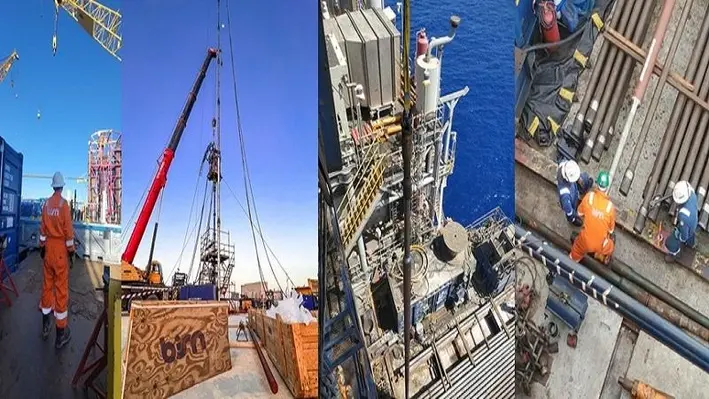

BiSN, a leading supplier of sealing solutions and technology to the global oil and gas industry, has reached a significant milestone after completing its 300th deployment, helping operators around the world to effectively solve common downhole flow issues.
The operations were carried out on six continents (Australia, The Americas, Europe, the Middle East, Africa and South Asia) and took place in a range of challenging conditions and location; onshore, offshore, high temperature or high pressure.
By providing critical production enhancement, intervention, completion, and plug and abandonment services, using its patented Wel-lok sealing technology, BiSN reduced costs, improved production, and dramatically extended the life of hundreds of wells.
By working with specially developed chemical reaction heaters to carefully melt unique bismuth-based eutectic alloys into plugs, BiSN developed its Wel-lok technology to create a bismuth plug that is not only safer, but much more reliable and easier to deploy. It makes it possible to form a gas tight (v0) seal and with a density that is 10 times higher than water it effectively displaces all wellbore fluids.
Paul Carragher, CEO of BiSN said, “As operators strive to address downhole flow issues safely, increasing production while reducing costs, we have made it our mission to help them achieve this. We have the extensive real world experience in applying this method. As a result of carrying out more than 300 deployments globally, we know how to successfully use our technology to complete operations aimed at enhancing production, completions, plug and abandonment, and intervention. These jobs represent operations carried out for many repeat customers, illustrating the value and confidence they continue to place in our work.”
To help operators tackle complex challenges downhole, BiSN draws upon its varied experience and services. These range from shutting off water production and isolating zones to setting a gas-tight plug, repairing damaged casing or tubing, and permanently sealing multiple annuli, among others.
While the company continues to provide downhole sealing solutions to new and existing customers in the US, Canada and Australia, BiSN is actively expanding in Europe and Africa and has recently opened an office in Aberdeen.
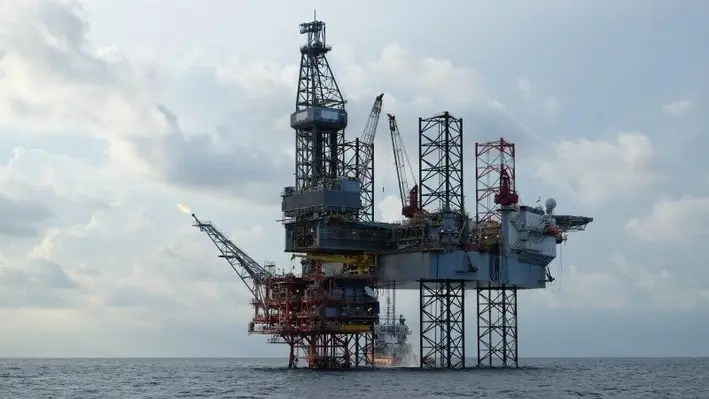
 Petrofac, one of the leading providers of services to the global energy industry, has grown its presence in Africa having been selected by Tullow Oil to provide well decommissioning services in Mauritania.
Petrofac, one of the leading providers of services to the global energy industry, has grown its presence in Africa having been selected by Tullow Oil to provide well decommissioning services in Mauritania.
The contract, with a potential total value of more than US$60mn, involves the project management, engineering, planning and plugging and abandonment (P&A) of seven subsea wells on Tullow Oil’s Banda and Tiof fields.
Petrofac will assume responsibility for the subsea well decommissioning scope from Maersk Decom, who have been preparing the work since 2020. By mutual agreement, the parties have novated the contract to Petrofac who will take immediate responsibility for the project, with the offshore scope running from the fourth quarter of 2022 throughout first quarter of 2023.
Petrofac said it will provide all personnel, assets and equipment required for the project, including management of the ‘Island Innovator’ drilling unit and offshore support vessels.
Nick Shorten, Chief Operating Officer for Petrofac’s Asset Solutions business said, “The contract award is a demonstration of the international demand that exists for the skills and quality of delivery we have established in the North Sea. Since 2016 Petrofac has delivered three successful decom campaigns for Tullow Oil. We look forward to emulating this success for them in Mauritania, and across the African continent as we continue to grow our business here.”


Havfram, a Norwegian oil field equipment supplier recently announced that PC Mauritania 1 Pty Ltd, a wholly-owned subsidiary of PETRONAS, has awarded Havfram an offshore decommissioning contract.
The contract includes the provision of engineering, procurement, retrieval and disposal (EPRD) services for the abandonment and decommissioning of Subsea Facilities at Chinguetti and Banda Fields, offshore Mauritania, in March 2022.
“The PETRONAS Chinguetti and Banda EPRD project is another significant project award for Havfram in the Africa region. This is one of four projects Havfram has been awarded in Africa and the Mediterranean in the last 12 months, further enhancing our already strong track record in the region. We are proud to have been chosen by PETRONAS to meet their decommissioning needs in this field,” said Odd Strømsnes, CEO, Havfram.
Under the contract, Havfram will utilise its in-house expertise to project manage, engineer, retrieve and dispose of the remaining field infrastructure, having already executed the first phase of decommissioning operations in 2018.
“Our focus on risk mitigation and efficient execution solutions has seen us selected by Petronas once again as the perfect partner for decommissioning operations,” said Kevin Murphy, EVP Subsea and Deputy CEO, Havfram. “Havfram has consistently delivered a range of subsea projects across the continent for our clients, and we look forward to renewing our working partnership with Petronas’ Chinguetti and Banda team.”
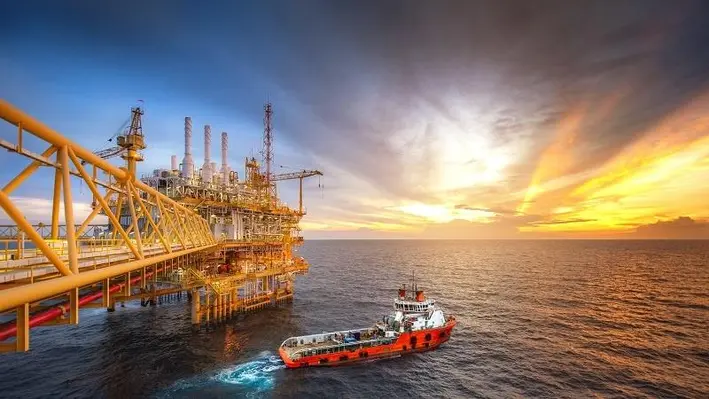

Andrea Sbordone, Business Development Manager at TechnipFMC, will describe four case studies of successful riserless light well intervention (RLWI) campaigns at the upcoming Offshore Well Intervention West Africa 2022 conference in Accra.
At the conference, which is running from 12-13 July, Sbordone will review the four campaigns which were performed by Island Constructor in West Africa, providing the opportunity for the audience to appreciate the efficiency of this fully integrated RLWI system.
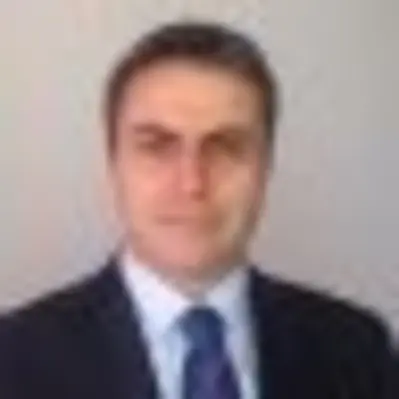
At the session, Sbordone will assess how RLWI can effectively increase production at the lowest total cost in the upcoming 5th West Africa campaign running in Q4 2022 and Q1 2023.
To listen and participate in this exclusive session be sure to attend OWI WA 2022 which will play host to a range of key operators in the region including BP, Shell, Tullow Oil and more, as well as a range of experts from across the industry.
To learn more, be sure to download the event brochure here:
https://www.offsnet.com/owi-wa/conference-brochure
Or reach out to the details below:
Rachael Brand
Project Manager
T: +44 (0) 20 3409 3041
e:
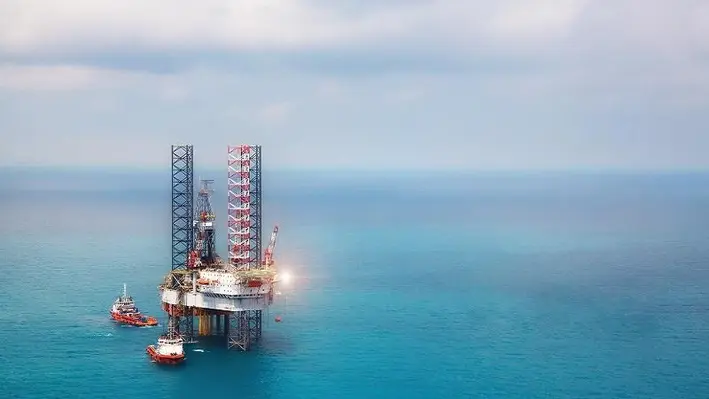

David Carr, Senior Vice President – International at Helix Well Ops, will be hosting a session at the upcoming Offshore Well Intervention West Africa (OWI WA) which will look at the potential for light well intervention (LWI) in Africa.
Exclusively for attendees of the event, which is arriving in Accra from 12-13 July, Carr will examine examples of innovative LWI vessel based solutions for complex well integrity issues and production enhancement purposes that improve the efficiency of well intervention projects.
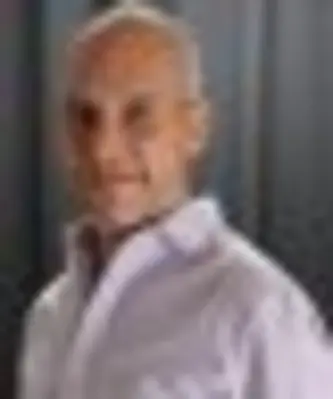
Despite the seemingly incredible benefits that can be achieved through the use of such vessels, there remains somewhat of a reluctance to make use of them in the West African region. However, with Covid-19 forcing oil companies to keep hold of capital wherever they can, LWI could provide a viable outlet by offering them the chance to achieve their offshore objects but at a much lower cost.
Carr will continue the session by reviewing multi-service campaigns completed on an integrated vessel and how this can solve a variety of challenges operators face when embarking on intervention projects.
Those attending OWI WA will then have the chance to engage in a discussion with the Helix representative to explore how collaboration with an international and multi-disciplinary team can lead to seamless operational efficiency.
Such unique sessions are not to be missed by anyone involved in the African offshore industry or those interested in squeezing more from their offshore operations. To learn more, be sure to download the event brochure here:
https://www.offsnet.com/owi-wa/conference-brochure
Or reach out to the details below:
Rachael Brand
Project Manager
T: +44 (0) 20 3409 3041
e:
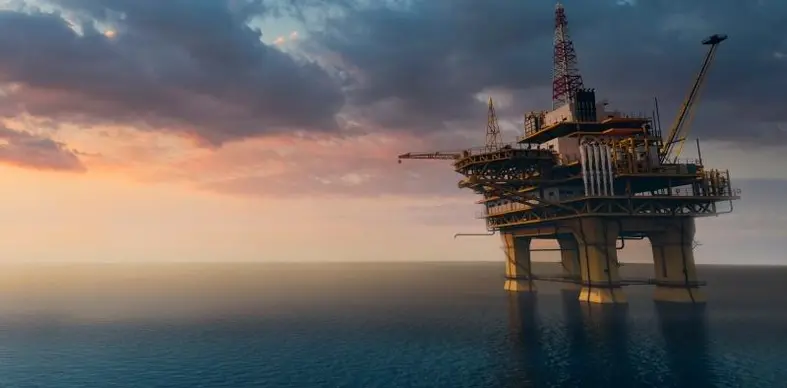

A session on understanding wax formation in the TEN Field will be presented by Daniel Konadu, Production Chemist, Tullow Oil at the fast-approaching Offshore Well Intervention West Africa (OWI WA), to be held from 12-13 July, in the city of Accra, Ghana.
Participants will be given details, allowing for a better understanding of ‘wax’ and its process of formation. Daniel will also shed light on operational issues encountered by operators during and because of the wax formation and deposition.
The session is also said to be information-rich, as it examines the methods to prevent or remediate wax deposition to reduce flow assurance challenges. Daniel will further identify risk in operational tests, followed by a detailed study on wax deposition.
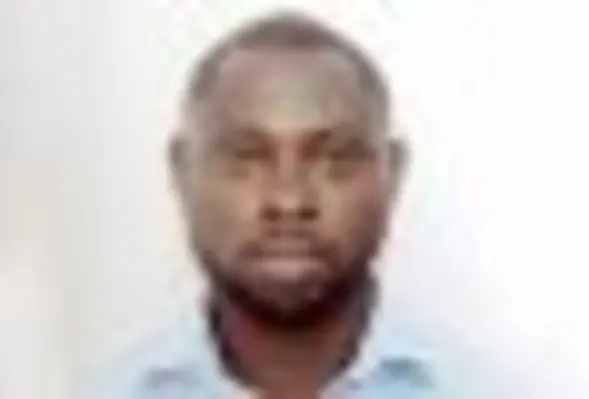
The upcoming OWI WA is said to be West Africa’s answer to issues relevant to operational obstacles in production. The event is also featuring experts, global and national level companies as well as seasoned service providers.
To learn more, be sure to download the event brochure here:
https://www.offsnet.com/owi-wa/conference-brochure
Or reach out to the details below:
Rachael Brand
Project Manager
T: +44 (0) 20 3409 3041
e:
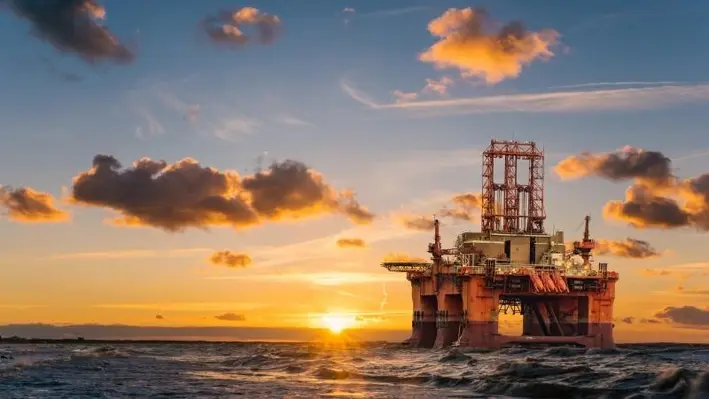
 A presentation on well productivity practices will be delivered by Ejimofor Agbo, Senior Completions Engineer, NewcrossEP at the upcoming Offshore Well Intervention West Africa (OWI WA), which is to be held from 12-13 July, in the city of Accra, Ghana.
A presentation on well productivity practices will be delivered by Ejimofor Agbo, Senior Completions Engineer, NewcrossEP at the upcoming Offshore Well Intervention West Africa (OWI WA), which is to be held from 12-13 July, in the city of Accra, Ghana.
NewcrossEP is an exploration and production firm based in Nigeria and Ejimofor will be talking about the company’s innovative approach to water management via extended perforation. The speaker will discuss in length the approach to arresting the increase in water cut in a producing well, thereby reducing crude handling and transportation charges.
Participants will also be able to learn more about candidate selection and obtain a comprehensive analysis of datasets in maturing the candidate for execution. Ejimofor will also address establishing a selection of perforation intervals using cased hole logging and open-hole logging in selected sand conditions
The session will be concluded with participants being able to explore NewcrossEP’s project execution and well monitoring that has resulted in a shown appreciable drop in the water cut by 80%, as well as a corresponding increase in the oil gain by 20%.
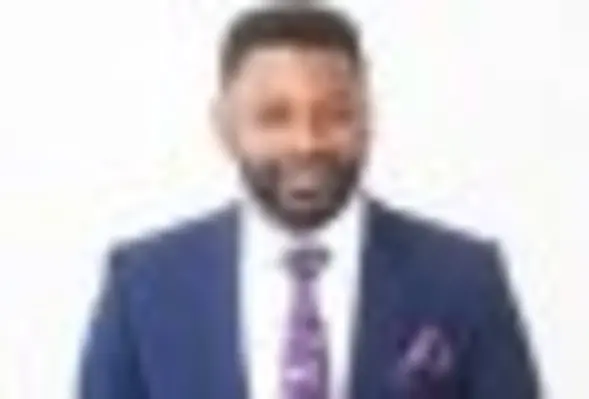 OWI WA is set up to be the platform for discussion on the region’s offshore well intervention topics. The event is filled with experts from regulatory bodies, international and regional companies, alongside regulatory bodies and service providers.
OWI WA is set up to be the platform for discussion on the region’s offshore well intervention topics. The event is filled with experts from regulatory bodies, international and regional companies, alongside regulatory bodies and service providers.
To learn more, be sure to download the event brochure here:
https://www.offsnet.com/owi-wa/conference-brochure
Or reach out to the details below:
Rachael Brand
Project Manager
T: +44 (0) 20 3409 3041
e:
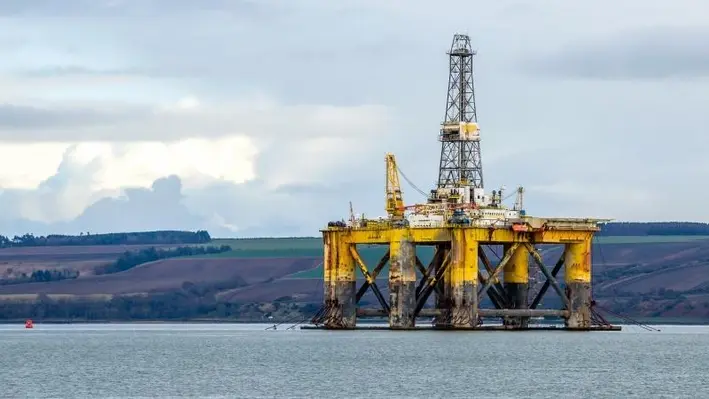

The Offshore Well Intervention West Africa 2022 (OWI WA), which be held in Accra from 12-13 July, will host a presentation by Matthew Vick, Senior Subsea Wells Engineer from bp.
Attendees will have the exclusive opportunity to learn about the company’s riserless intervention campaign in Gulf of Mexico. The project had showed a significant reduction in emissions when compared to traditional methods.
Vick will review the broad scope of well access equipment that can be utilised from a single vessel, including mechanical wireline, hydraulic via TRT, hydraulic via well service jumper hose and hydraulic via stimulation choke insert. During the talk, he will explore and provide a synopsis of the deliverables from the campaign, including well access, well integrity restoration, well surveillance, well stimulation and protection, and fishing.
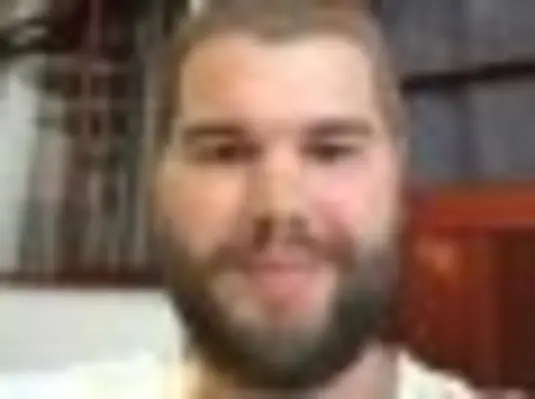
OWI WA offers you an unrivalled opportunity to listen to the latest best practice from the Gulf of Guinea and addresses the most important well intervention issues facing West African operators.
To learn more, be sure to download the event brochure here:
https://www.offsnet.com/owi-wa/conference-brochure
Or reach out to the details below:
Rachael Brand
Project Manager
T: +44 (0) 20 3409 3041
e:
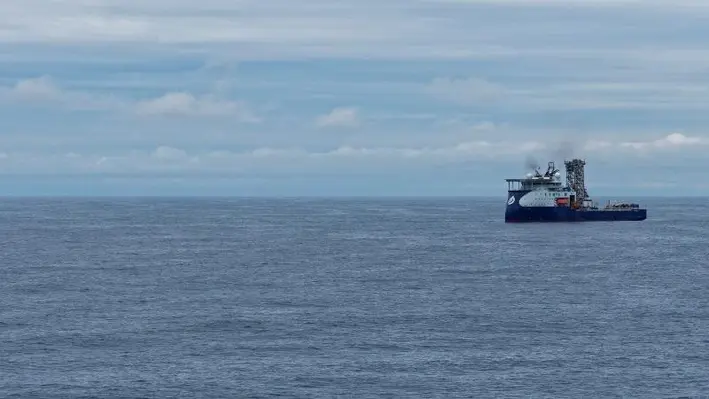

Participants at Offshore Well Intervention West Africa 2022 (OWI WA) – to be held in Accra from 12-13 July – will have the opportunity to attend a presentation by Total Energies, a global multi-energy energy company.
Ezra Kavana, Project Regulatory Compliance and Permitting Management, Total Energies will elaborate on regulatory compliance within the region. He will be speaking at length about the company’s regulatory compliance management system and how it helps them. To demonstrate its advantages, he will examine a case study on how the company remained compliant with regulations in a recent crude oil pipeline project before presenting an outline of their strategy for permitting/license management.
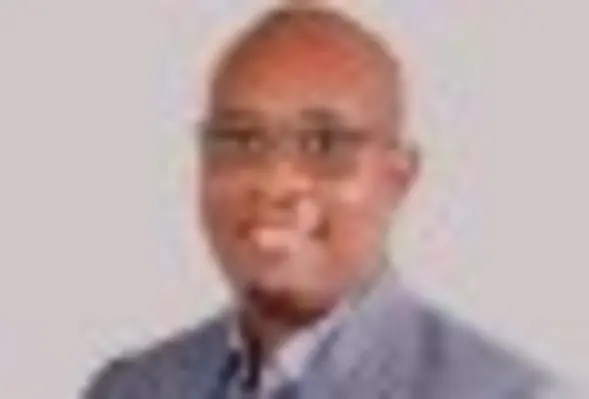
The OWI WA will also host the Technology Showcase Hall, that not only brings together the most innovative technology with West Africa’s leading operators, but also provides a unique networking opportunity for the region’s well intervention decision makers.
To learn more, be sure to download the event brochure here:
https://www.offsnet.com/owi-wa/conference-brochure
Or reach out to the details below:
Rachael Brand
Project Manager
T: +44 (0) 20 3409 3041
e:
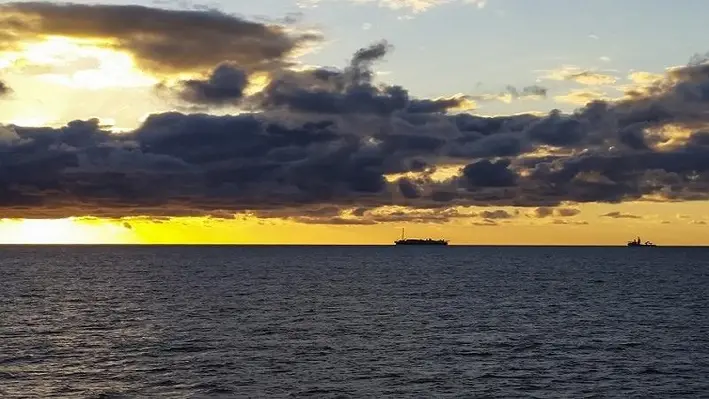

At the upcoming Offshore Well Intervention West Africa (OWI WA), which is running in Accra from 12-13 July, Dr Wisdom Enang, an Engineering Technical Lead, will draw upon his extensive experience in the oil and gas industry to provide participants with a vision of West Africa’s future.
In his exclusive session, Dr Enang will identify the imperatives for producing the energy of the future as the transition continues to gather momentum and calls for cleaner power snowballs.

Turning to Nigeria specifically, he will then analyse and quantify the deficiencies affecting the upstream sector and explore the innovative solutions capable of preventing crude oil theft, delaying production depletion, and solving inefficient production operations. He will also analyse efforts to address the lack of accountability in the sector before seeking to identify a roadmap for implementing an integrated innovative approach for enhancing the operational and cost efficiency of the upstream sector within Nigeria.
Alongside learning from the other exciting lineup of sessions led by industry experts, attendees of the event will have the opportunity to participate in the discussion led by Dr Enang. Together, they will be able to explore the potential benefits, implementation challenges and enablers which distinguish innovation solution options available in West Africa.
With five international oil majors, three regulatory bodies, two national oil companies, six regional oil companies, as well as a host of service providers and more already confirmed, OWI WA is not an event to be missed.
To learn more, be sure to download the event brochure here:
https://www.offsnet.com/owi-wa/conference-brochure
Or reach out to the details below:
Rachael Brand
Project Manager
T: +44 (0) 20 3409 3041
e:
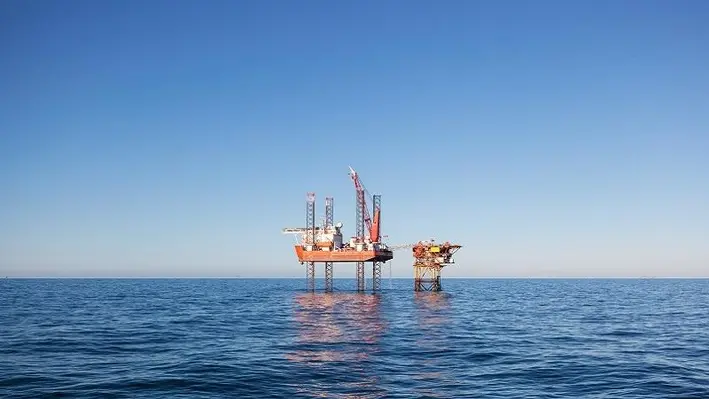

Attendees of Offshore Well Intervention West Africa 2022 (OWI WA) will be treated to no less than four presentations from Shell when the conference arrives in Accra from 12-13 July.
Up first for the international supermajor is Segun Lanade, Logistics Supervisor for Shell Nigeria, who will present on the topic of local sourcing. Lanade will explain the impact sourcing equipment has on the local economy, as well as the implications it has on intervention projects, before exploring the influence local authorities can have on encouraging this practice and how this can affect intervention activity in the region.
Following this, Benjamin Ajaraogu, Well Integrity Adivisor, LI: Well Integrity SME & Production Technology TA2 at Shell Nigeria, will concentrate on brownfield wells management by showcasing Shell’s approach for acquiring best in class well integrity technologies to keep ageing wells productive. He will also touch upon approaches towards plug and abandonment (P&A) with a focus on effectiveness and safety.
Looking at deepwater well intervention in West Africa, Chiwuike Amaechi, Subsea Systems & Intervention Engineer at Shell, will provide detail on the current regulations and standards as well as how to navigate them in order to ultimately increase the volume of well intervention in West Africa. Light well intervention has been touted as efficient and cost-effective solution which could help to solve sub-Saharan Africa’s rapidly ageing offshore assets and, in light of this, Amaechi will help participants discover the trail blazing technology, tool and services that have been used in the region to help enhance future deepwater well intervention campaigns.
Last but by no means least, Ajaraogu will return to the stage to discuss utilising digitalisation for risk management. In the session, he will explain how technologies can assist in well monitoring to allow for full visibility; demonstrate how to identify potential risk factors before they occur; and, through his expertise and impressive experience, provide participants with the knowledge to increase their chance of protecting wells from integrity failures in order to maximise protection.

These exclusive presentations will be accessible at OWI WA along with a unique opportunity to network with a wide range of industry professionals and experts. To learn more, be sure to download the event brochure here:
https://www.offsnet.com/owi-wa/conference-brochure
Or reach out to the details below:
Rachael Brand
Project Manager
T: +44 (0) 20 3409 3041
e:
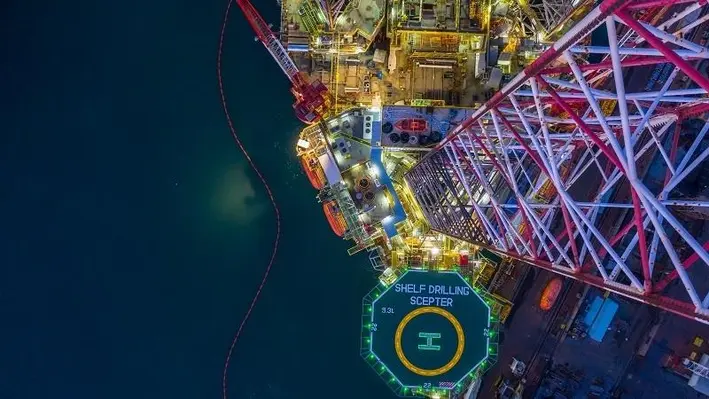

EnerMech, a global services company specialising in critical asset support across the asset lifecycle, has hired Carl Mook as the Regional Director for Europe and expanded Paul Cockerill’s role to oversee Africa, in addition to his current Middle East and Caspian remit.
The new senior structure will help drive further growth for the firm’s Europe and Africa operations. The business will leverage both leaders’ expertise to span responsibilities focusing on the two continents, as well as scaling up teams when required in the Middle East and Caspian region.
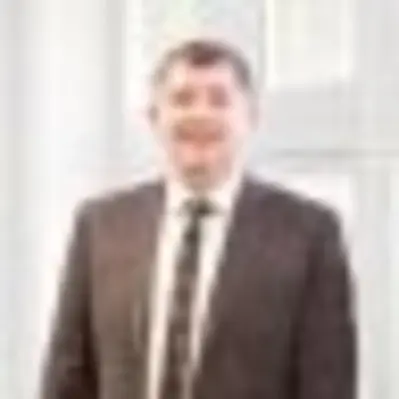
Mook has 30 years of international leadership experience in engineering consultancy and design, asset management, operations and maintenance, inspection services technology and asset integrity. He has held several senior roles in his career, including Executive Vice President at Penspen and Vice President of Process and Pipeline Services at Baker Hughes.
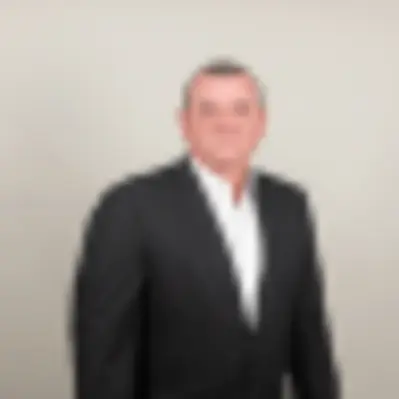
Cockerill has been EnerMech’s Regional Director Middle East and Caspian for almost two years and has been pivotal in the business securing several transformational projects and pre-commissioning campaigns in the region. He has significant experience in Africa, having previously held senior positions at Halliburton in Angola, Congo and Nigeria for 16 years where he was instrumental in increasing market share and developing local workforces.
EnerMech CEO Christian Brown remarked, “The Europe and Africa region has been delivering a solid performance for the business, which is a direct result of our teams in these geographies delivering excellence day in, day out. However, we are not a company to rest on its laurels.
“Paul has delivered exceptional results in the Middle East and Caspian. Widening his portfolio to support our Africa operations, means we can rapidly scale up our teams as more campaigns and megaprojects are won. The wealth of experience and enthusiasm Carl brings to the business will help us to further develop our European operations with a pin-sharp focus on securing new business as well as overseeing existing project work.”
Page 5 of 8
Copyright © 2025 Offshore Network